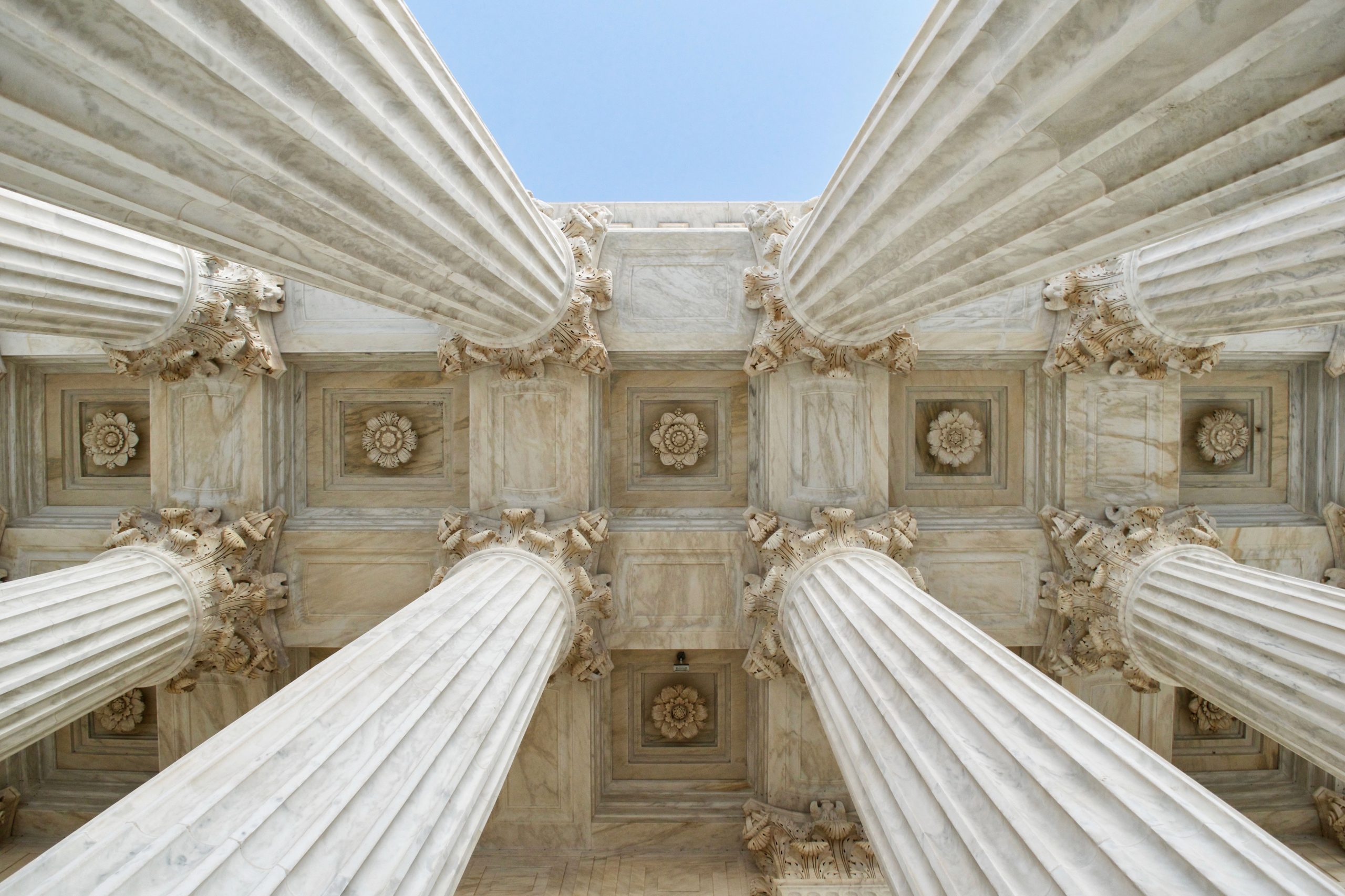
For most of us during the Pandemic, Zoom meetings, or the like, have become a daily occurrence. Unfortunately, this also gives those with malicious intent plenty of opportunities to spread vile, contemptible images and language. This is especially true, if like us, you are involved with public meetings where people cannot be excluded. Recently, we experienced first-hand the jarring image of swastikas and racial epithets written on the screen of a meeting of a township’s Comprehensive Planning Committee. This blog will explore the very modern phenomena of “Zoombombing,” and identify what you can do to prevent it.
Reports of Zoombombing, a reference to Zoom in which virtual meetings are disrupted by graphic or threatening messages, have quickly garnered attention across the country. The FBI issued a warning about the hijacking of video conferences and online classrooms, almost a year ago. Yet, reports of Zoombombing have not subsided. While some Zoombombing has been attributed to internet “Trolls,” there is increasing evidence that Zoombombing attacks are being coordinated or encouraged on a range of mainstream and fringe online platforms.
Here Are the Steps
Zoom has a 10-minute-long video that we recommend all hosts and co-hosts view. Here are some other things that can be done to lessen the chances that your meeting will be Zoombombed and what to do if it happens to you:
Before Meeting:
- Disable autosaving chats
- Disable file transfer
- Disable screen sharing for non-hosts
- Disable remote control
- Disable annotations
- Use per-meeting ID, not personal ID
- Disable “Join Before Host”
- Enable “Waiting Room”
During Meeting:
- Assign at least two co-hosts
- Mute all participants
- Lock the meeting if all attendees are present
If you are Zoombombed:
- Remove problematic users and disable their ability to rejoin when asked
Pre-Planning Makes a Difference
Here are the steps your organization should take both in advance and in the moment to prepare for and document the incident and to catch those responsible.
1. Have a plan
Who should handle gathering or preserving meeting information if a zoombombing incident takes place? Who should oversee communicating with participants after an incident? Develop a code-word or in–the–moment protocol.
2. Preserve Information
To assist law enforcement in tracking and responding to zoombombing incidents, it is important to preserve as much information as possible. Make sure all meetings are recorded, and if not, hit the record button as soon as some misbehavior is noted. Also, save the chat before leaving the meeting. Take Screen Shots. Click “Manage Participants” and take a photo on a computer or with the phone.
3. Notify Law Enforcement
The Pennsylvania State Police have an Office of Community Engagement, Heritage Affairs Section in Harrisburg, which investigates hate incidents and should be notified.
4. Notify Zoom
Zoom will investigate and try and determine the identity and location of those involved.
Summing it Up
Zoom has revolutionized the way people stay connected during the pandemic, but a few bad actors have figured out how to misuse tools like Zoom to sew racial and ethnic discord and participate in racist actions behind what they think is a screen of anonymity. Hopefully, by following these guidelines you can prevent Zoombombing, or help law enforcement catch those responsible.



